MoMA shines light on structural design in experimental Japanese architecture

A new publication from MoMA shines light on the role that structural engineers play in the burst of experimental architecture in postwar Japan. Through essays, images and conversations it traces a lineage of internationally-minded engineers, collaborating effectively, exchanging ideas with architects and mentoring younger generations.
Charting Japanese structural design from 1950 to today, the book prides itself in a scholarly yet accessible approach to the largely unexplored subject. Visual material including archival and contemporary photography is sure to attract new audiences. Texts by Japan’s leading structural engineers will also appeal to experts in the field.
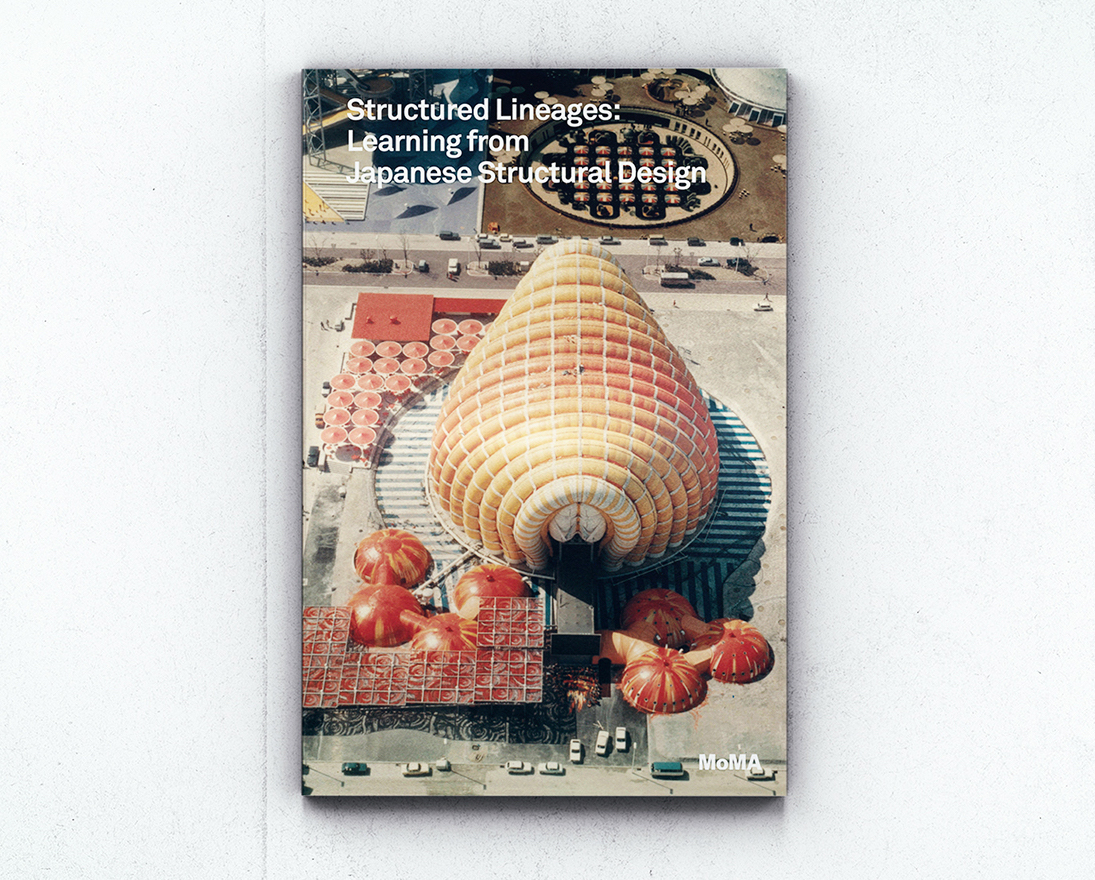
Based on a 2016 symposium held at The Museum of Modern Art during the exhibition ‘A Japanese Constellation: Toyo Ito, SANAA, and Beyond’, the content features a series of in depth essays and roundtable discussions. It’s here where the inter-generational journey of knowledge can be traced – through the experiences of working architects and engineers who have participated with and learnt from the 20th century practitioners first-hand.
Editor Guy Nordenson, a structural engineer in New York and professor at the Princeton University School of Architecture, pulls out the ‘lineages’ highlighted in the title: Structured Lineages: Learning from Japanese Structural Design. And gives special focus to the work of Kawaguchi Mamoru, Kimura Toshihiko, Matsui Gengo, Saitō Masao, Sasaki Mutsurō, and Tsuboi Yoshikatsu.
The book argues for more credit to be given to these collaborative spirits, who created the best circumstances for the innovation that defined the Japanese architectural scene from the late 20th century until today.
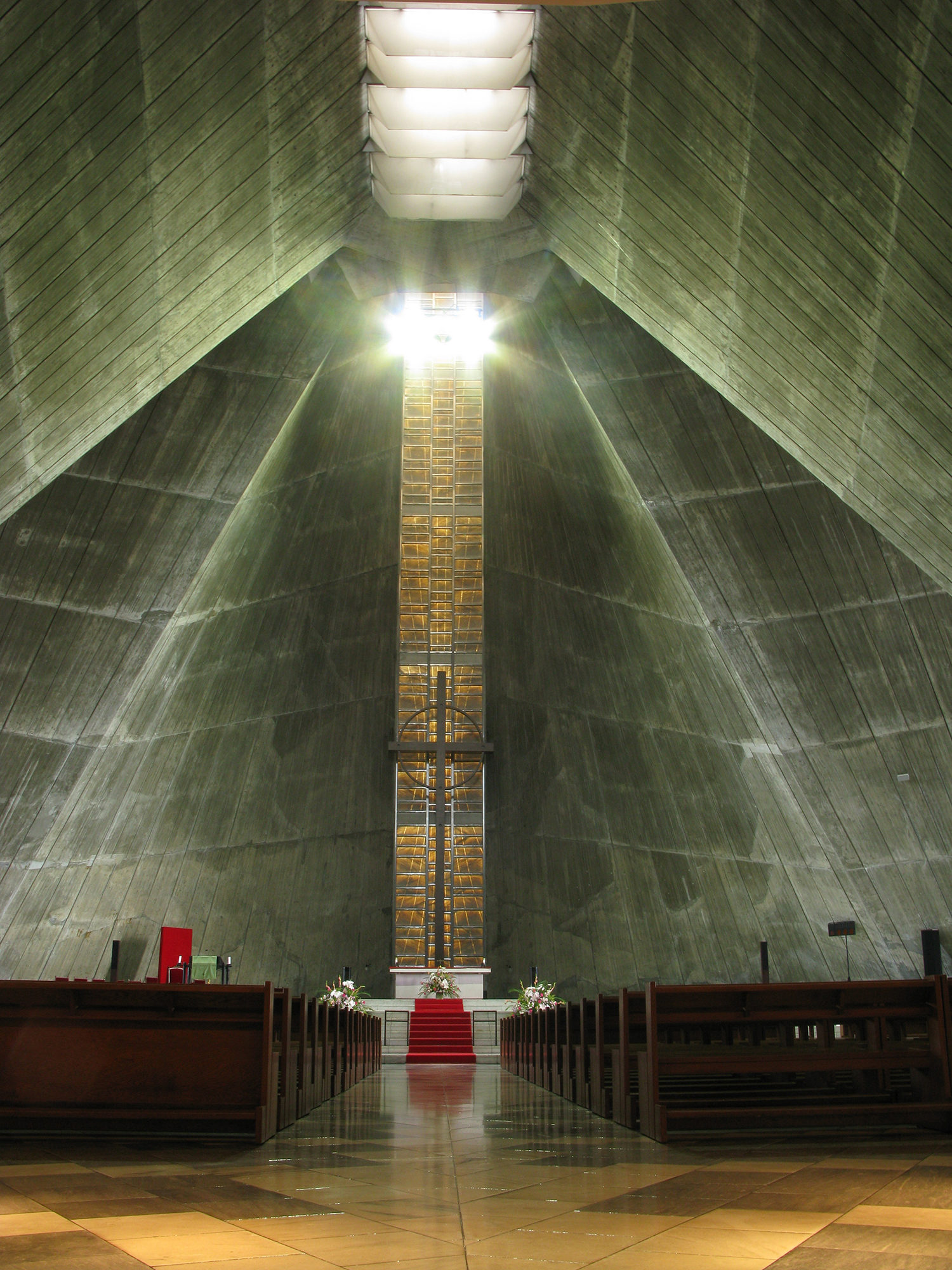
Interior view of Saint Mary’s Cathedral, Tokyo by Tange Kenzō (architect) and Tsuboi Yoshikatsu (engineer), completed 1964.
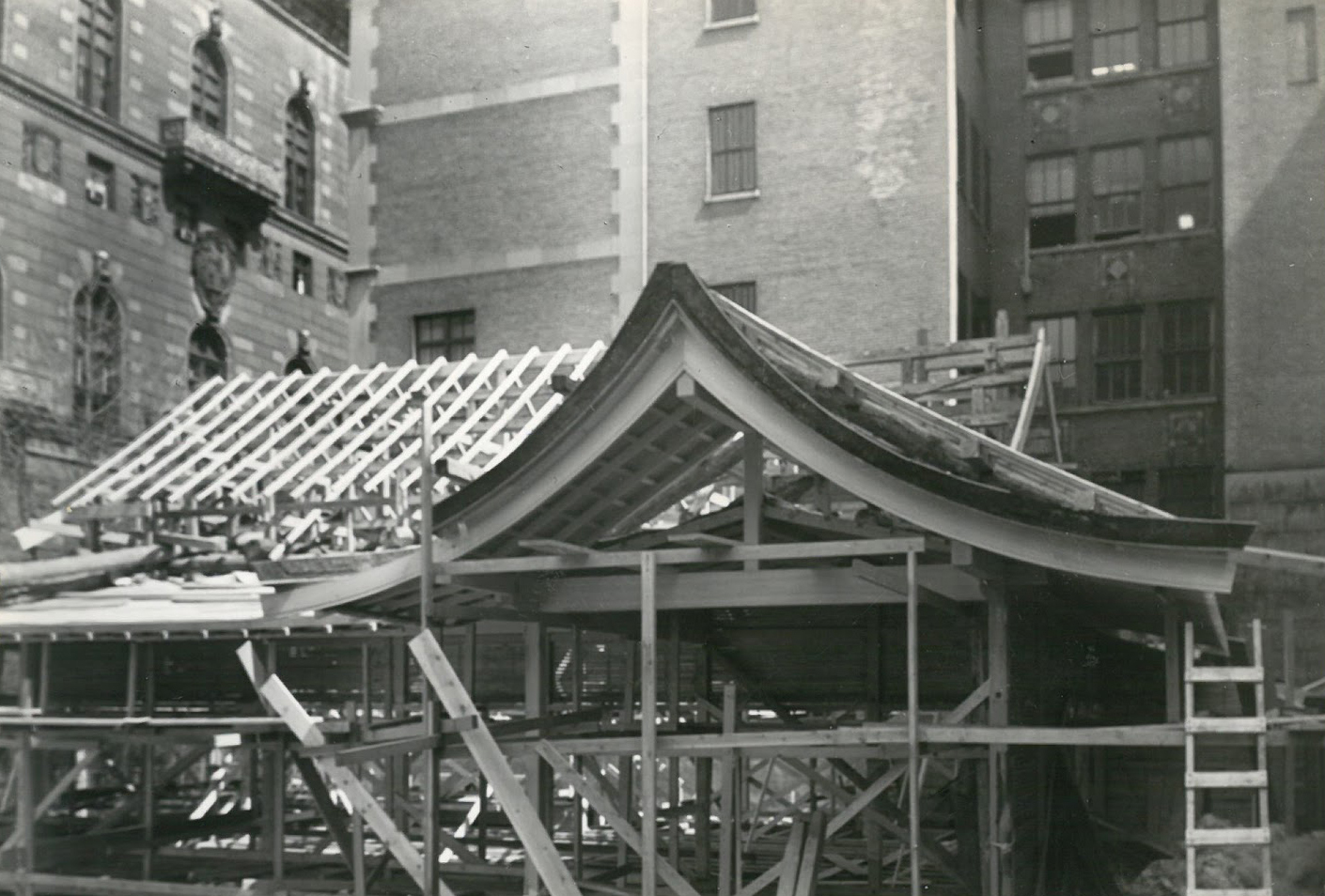
Japanese Exhibition House, The Museum of Modern Art by Junzo Yoshimura, exhibited 1954-55. courtesy of The Museum of Modern Art Department of Architecture and Design. Soichi Sunomi/The Museum of Modern Art, New York
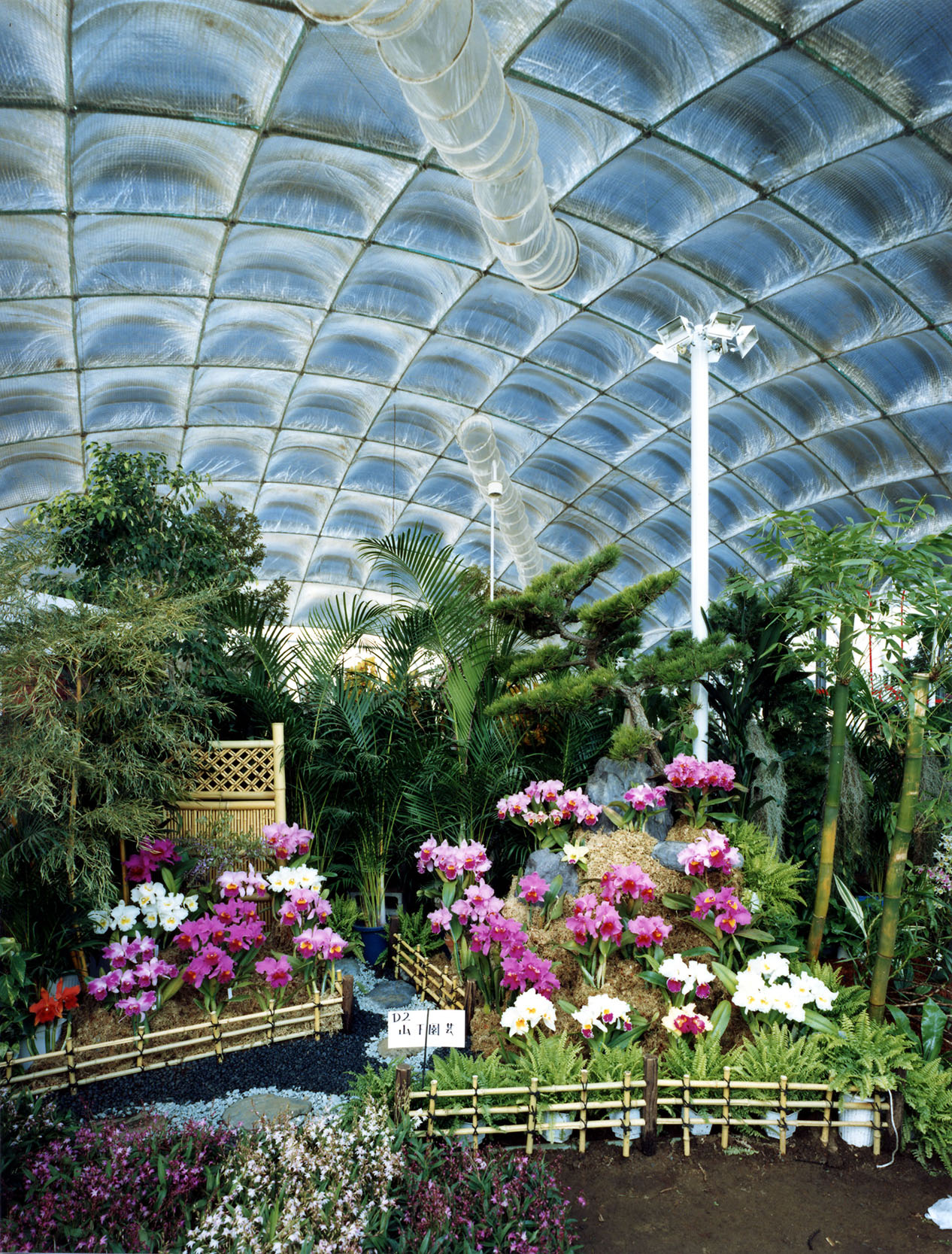
Interior view of 12th World Orchids Conference Pavilions, Kanagawa Prefecture by Murata Yutaka (architect) and Kawaguchi Mamoru (engineer), completed 1987. Courtesy Kawaguchi & Engineers
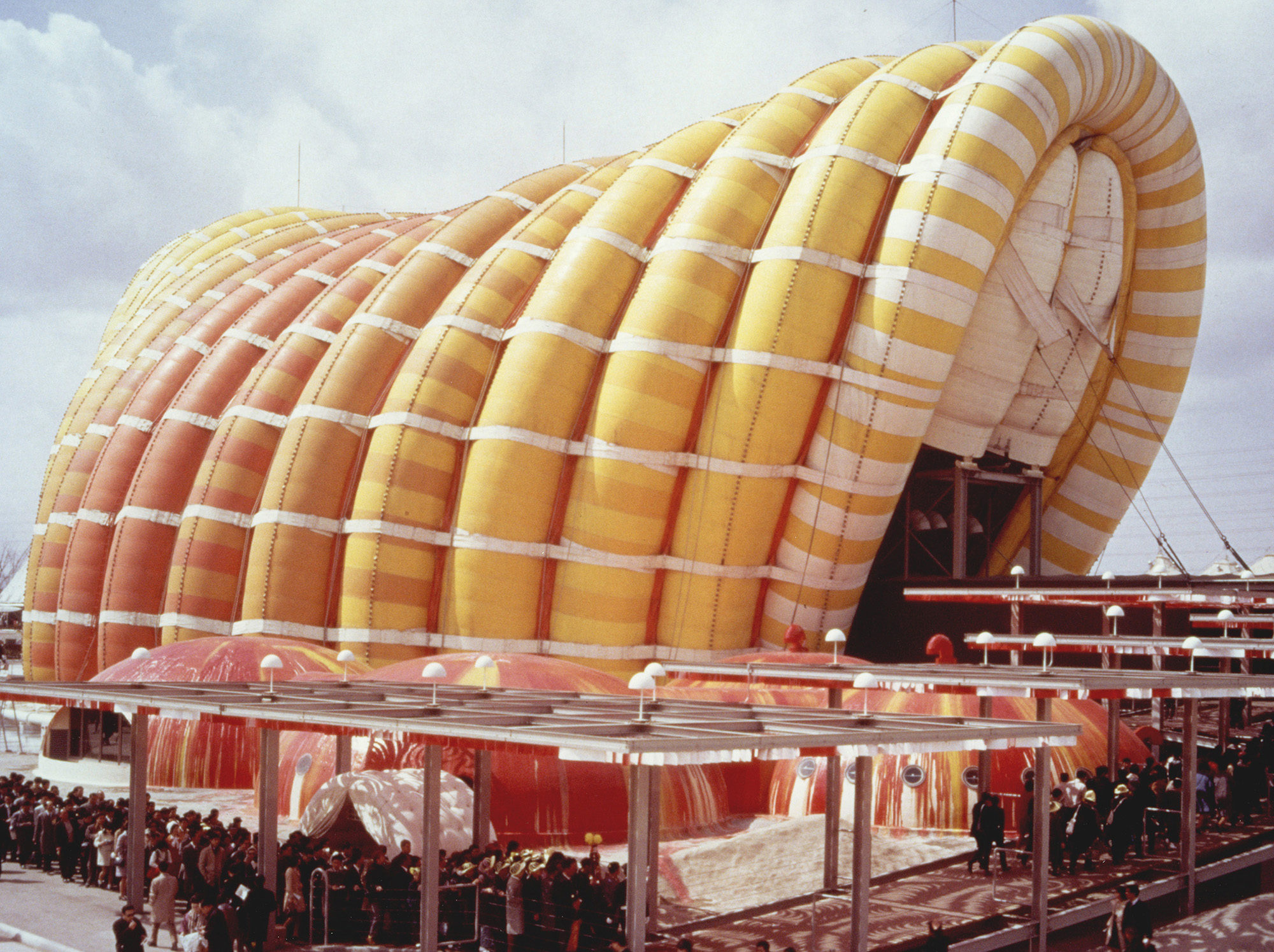
Expo ’70 Fuji Group Pavilion, Osaka, Japan by Kawaguchi Mamoru, architect and engineer, completed 1970.Courtesy Kawaguchi & Engineers
INFORMATION
Structured Lineages: Learning from Japanese Structural Design, published by The Museum of Modern Art, New York / Thames and Hudson, $45/£35
store.moma.org
Receive our daily digest of inspiration, escapism and design stories from around the world direct to your inbox.
Harriet Thorpe is a writer, journalist and editor covering architecture, design and culture, with particular interest in sustainability, 20th-century architecture and community. After studying History of Art at the School of Oriental and African Studies (SOAS) and Journalism at City University in London, she developed her interest in architecture working at Wallpaper* magazine and today contributes to Wallpaper*, The World of Interiors and Icon magazine, amongst other titles. She is author of The Sustainable City (2022, Hoxton Mini Press), a book about sustainable architecture in London, and the Modern Cambridge Map (2023, Blue Crow Media), a map of 20th-century architecture in Cambridge, the city where she grew up.
-
 The new Tudor Ranger watches master perfectly executed simplicity
The new Tudor Ranger watches master perfectly executed simplicityThe Tudor Ranger watches look back to the 1960s for a clean and legible design
-
 This late-night hangout brings back 1970s glam to LA’s Sunset Boulevard
This late-night hangout brings back 1970s glam to LA’s Sunset BoulevardGalerie On Sunset is primed for strong drinks, shared plates, live music, and long nights
-
 How Memphis developed from an informal gathering of restless creatives into one of design's most influential movements
How Memphis developed from an informal gathering of restless creatives into one of design's most influential movementsEverything you want to know about Memphis Design, from its history to its leading figures to the pieces to know (and buy)
-
 This Fukasawa house is a contemporary take on the traditional wooden architecture of Japan
This Fukasawa house is a contemporary take on the traditional wooden architecture of JapanDesigned by MIDW, a house nestled in the south-west Tokyo district features contrasting spaces united by the calming rhythm of structural timber beams
-
 Take a tour of the 'architectural kingdom' of Japan
Take a tour of the 'architectural kingdom' of JapanJapan's Seto Inland Sea offers some of the finest architecture in the country – we tour its rich selection of contemporary buildings by some of the industry's biggest names
-
 David Kohn’s first book, ‘Stages’, is unpredictable, experimental and informative
David Kohn’s first book, ‘Stages’, is unpredictable, experimental and informativeThe first book on David Kohn Architects focuses on the work of the award-winning London-based practice; ‘Stages’ is an innovative monograph in 12 parts
-
 Matsuya Ginza lounge is a glossy haven at Tokyo’s century-old department store
Matsuya Ginza lounge is a glossy haven at Tokyo’s century-old department storeA new VIP lounge inside Tokyo’s Matsuya Ginza department store, designed by I-IN, balances modernity and elegance
-
 Explore Tom Kundig’s unusual houses, from studios on wheels to cabins slotted into boulders
Explore Tom Kundig’s unusual houses, from studios on wheels to cabins slotted into bouldersThe American architect’s entire residential portfolio is the subject of a comprehensive new book, ‘Tom Kundig: Complete Houses’
-
 The Architecture Edit: Wallpaper’s houses of the month
The Architecture Edit: Wallpaper’s houses of the monthThis September, Wallpaper highlighted a striking mix of architecture – from iconic modernist homes newly up for sale to the dramatic transformation of a crumbling Scottish cottage. These are the projects that caught our eye
-
 Utopian, modular, futuristic: was Japanese Metabolism architecture's raddest movement?
Utopian, modular, futuristic: was Japanese Metabolism architecture's raddest movement?We take a deep dive into Japanese Metabolism, the pioneering and relatively short-lived 20th-century architecture movement with a worldwide impact; explore our ultimate guide
-
 A new Tadao Ando monograph unveils the creative process guiding the architect's practice
A new Tadao Ando monograph unveils the creative process guiding the architect's practiceNew monograph ‘Tadao Ando. Sketches, Drawings, and Architecture’ by Taschen charts decades of creative work by the Japanese modernist master